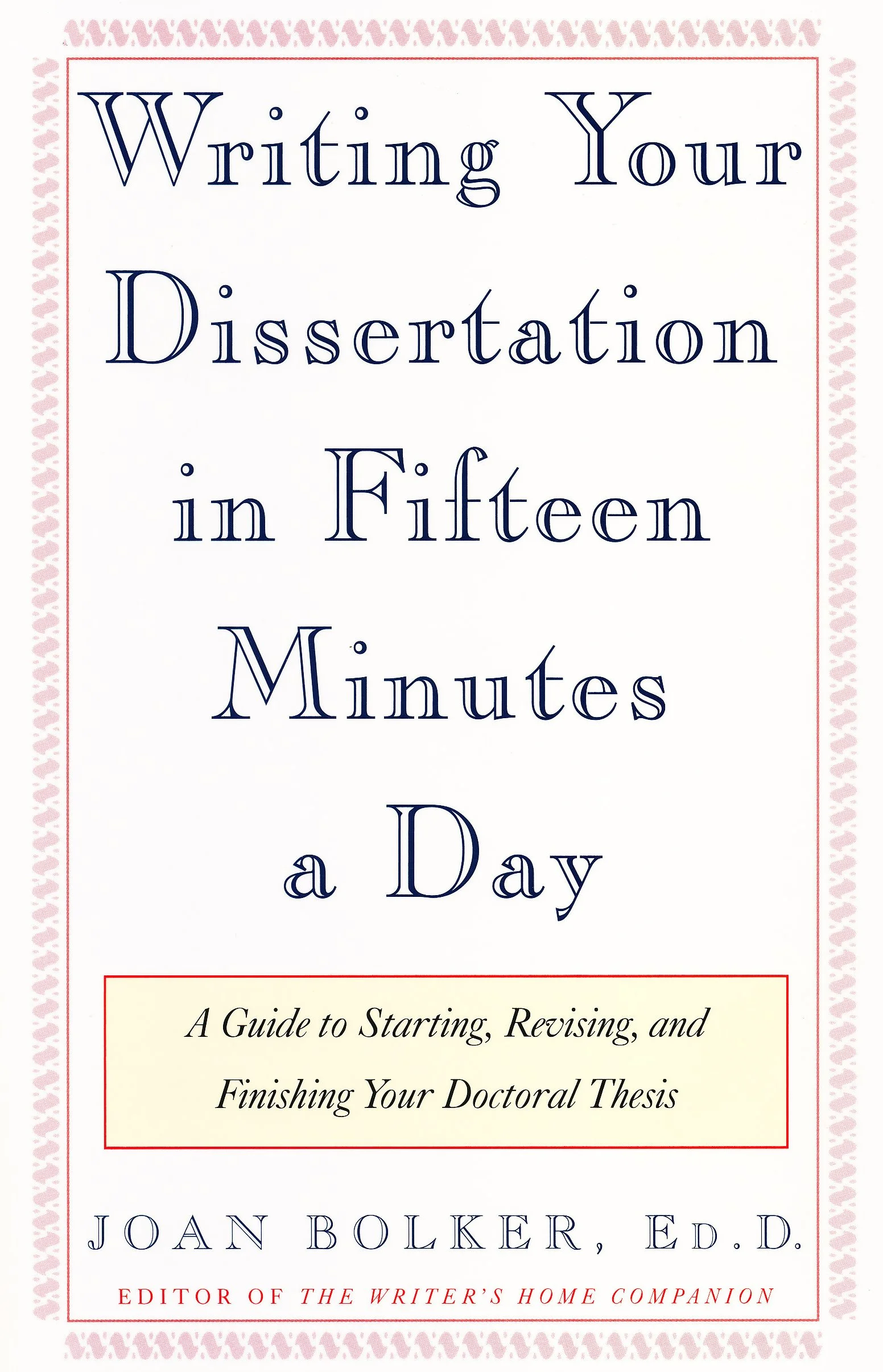Reading up to chapter five, I am loving this book with such insightful, useful advice about writing the dissertation. I love this anecdote: "When I worked at Harvard's Writing Center, we joked that the single most useful piece of equipment for a writer was a bucket of glue. First you spread some on your chair, and then you sit down" (p. 32). This is so true, oh so true!
The third chapter, aptly titled "Getting Started Writing," speaks to my soul. Because everything written in that chapter relates to my writing pedagogy for Orientation 101 classes that I teach at Gadsden State. It shares about how writing does not begin perfectly, but a mess in a chaotic way. The author points out that we are to write it all out, not allowing ourselves to pause for that period or comma and if this word or that word is spelled right.
Subsequently, I will have to use this book as a source for my dissertation.
Can't wait to continue reading this relevant book.
